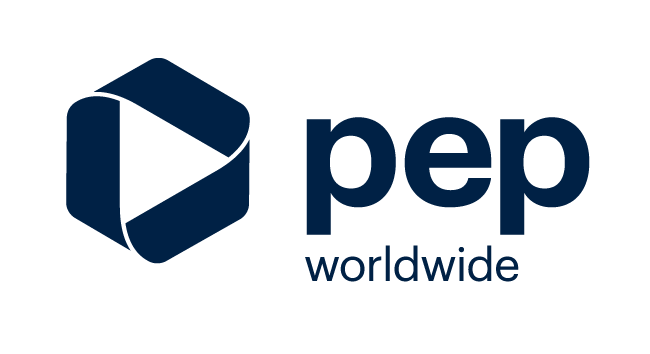Five Trends to Know for a Successful post-corona Workplace

Agree that the last 12 months has tested our resilience and adaptability? The coronavirus changed the way we live and work. We learned to work remotely and flexibly. Some of us had to home school our children, some experienced extended lockdowns. Now that the covid lock-down is nearly over (so we hope), which aspects of our working lives will change in 2021 and which will stay the same?
As leaders, which workplace trends will challenge us? Which trends will help or hinder our teams from delivering results? What tools can we give our teams so that they can thrive in the workplace of the future? What strategies should leaders use to ensure effective management of teams? This month we discuss the most significant workplace trends for 2021, and what they might mean for productivity.
1. Hybrid workplaces are here to stay
Even when it’s safe to return to the office, many workers will question the value of going in full-time. After almost a year of working from home, companies will need to give employees a reason to return to the office – such as the opportunity to connect and collaborate with colleagues. To cater to this need for face-to-face interaction, offices may need to do some redesigning. Workplaces will need to be flexible spaces that employees can use to collaborate or to gather for leadership and development.
Many employees will want to retain a mixture of remote and office working, to suit the types of work they want to perform. Hybrid workplaces present unique challenges for leaders, who will need to set clear expectations and build a supportive team culture. Employees may also require additional training on how to work effectively as part of a hybrid team, such as how to maintain motivation.
2. The end of 9-5
2020 has proven that we don’t need to work 9-5 to deliver outstanding business results. Many workers have enjoyed the flexibility of setting their own work hours, and there’s no turning back. Some companies, like Dropbox, have ended the 9-5 workday. Others have announced permanent remote working arrangements. Organisations that provide flexibility to workers will be more attractive to the best talent.
As leaders, effective management of a flexible team requires employee autonomy, clear communication and leading with purpose.
3. Decentralised workforces
Remote working has allowed workers to move away from urban centres and disperse into suburban and regional areas. A decentralised workforce has benefits for the employer, such as lower city rents, and access to a broader pool of talent. It also has benefits for workers, who feel safer and have access to cheaper housing.
To meet employee demand, some companies have decentralised their offices and now offer both hub-and-spoke locations. If companies get it right, a decentralised workplace can support both effective collaboration and focused work, while helping employees maintain high productivity.
4. Focus on employee wellbeing
While remote work has many benefits, there are also challenges. It can be challenging to set boundaries between work and family life, and some employees risk burnout. The risk of burnout has led to employers focusing more on employee wellbeing, from a physically distanced workplace to providing mental health support. Mental health tools have been considerably popular this year, with many companies investing in corporate licenses for everything from mindfulness to physical training apps.
Managers have had ample opportunities to show employees that they care about them this year. Employees who feel looked after will be more likely to be happy and productive.
5. More upskilling and re-skilling
The pandemic has affected some industries more than others, but all industries have needed to accelerate their digital transformation. Many companies had to rapidly re-skill their workforce to support digital service offerings and stay relevant. Furthermore, upskilling helps to retain talent and promote internal mobility. Looking ahead, leaders will need to support their teams to upskill and re-skill as required.
As the saying goes, change is the only constant. The months to come are sure to have their share of challenges and opportunities. As leaders, we can set a positive tone and support our teams to make the most of an evolving workplace.
We help employees and leaders in all kinds of work environments – and have done so for more than 35 years now. So, we are used to facing changes and love to help see them happen.
Originally posted by PEPworldwide Australia here on 21 Dec 2020.
